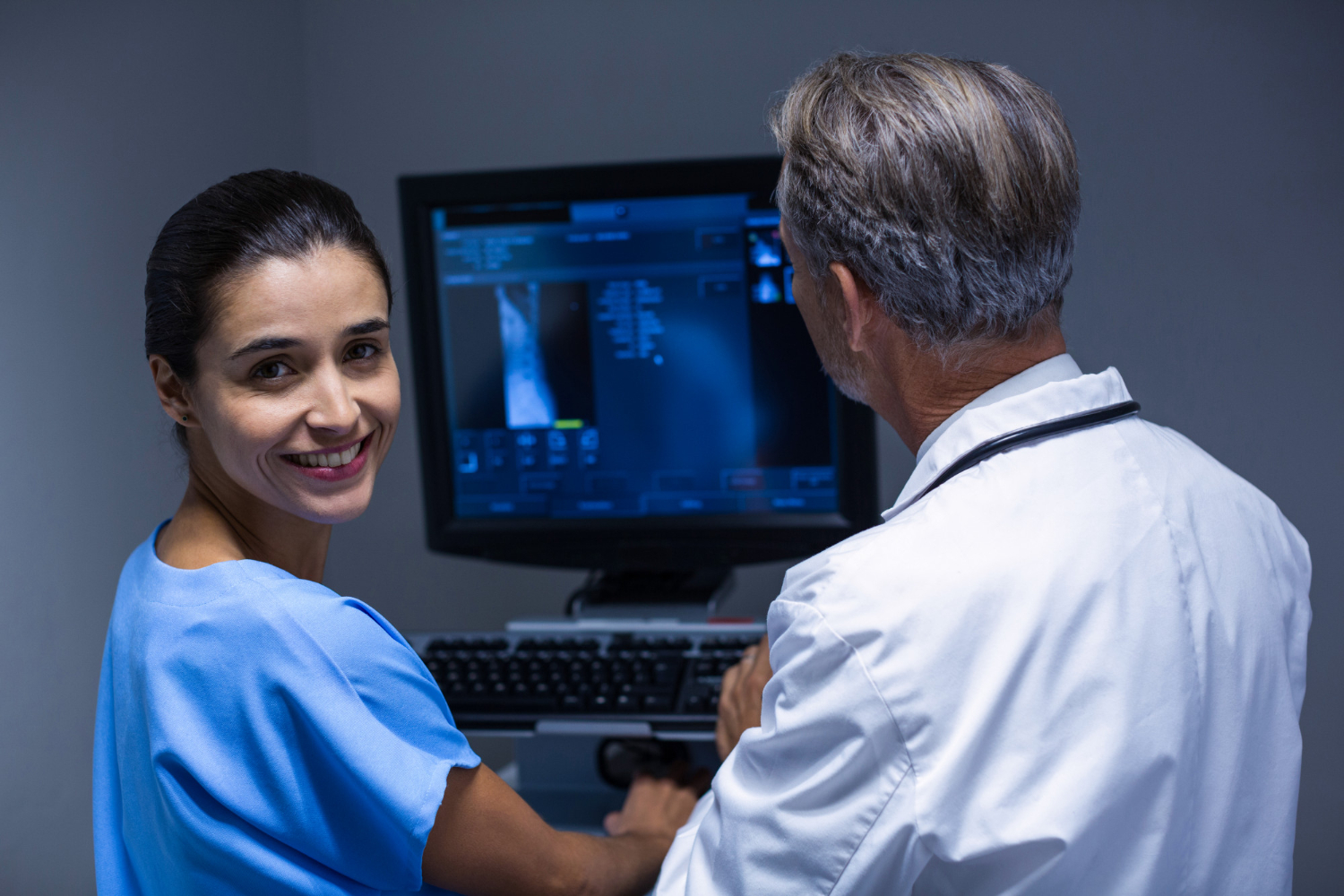
Key Research Findings
Recent findings published in the American Journal of Roentgenology (AJR) reveal significant improvements in hepatocellular carcinoma (HCC) detection using the updated ACR LI-RADS Ultrasound Surveillance system. The 2024 version demonstrates enhanced sensitivity compared to its 2017 predecessor, marking a crucial advancement in liver cancer surveillance protocols.
Study Methodology and Participant Demographics
The comprehensive research involved 407 patients with cirrhosis, comprising 230 males and 177 females, with a median age of 56 years. These participants underwent semi-annual surveillance ultrasound examinations as part of a meticulously designed prospective trial conducted between November 2011 and December 2012. The study protocol incorporated multiple evaluation layers, including independent assessments by two radiologists and adjudication by a third expert when necessary.
Advanced Detection Protocol Implementation
The research team implemented a sophisticated evaluation system where radiologists independently assigned ultrasound categories to initial examinations and visualization scores to both first and second-round examinations. The study considered alpha-fetoprotein (AFP) positive when either elevated or showing an increase from pre-enrollment values, aligning with the updated v2024 criteria. Confirmation of HCC diagnosis relied on either positive biopsy results or LR-5 observation through MRI examination.
Comparative Performance Analysis
The 2024 version of LI-RADS Ultrasound Surveillance demonstrated notably higher sensitivity rates for HCC detection. The first reader achieved 64.3% sensitivity with the new version compared to 42.9% with the 2017 version. Similarly, the second reader’s results showed an improvement from 39.3% to 64.3%. However, this enhanced sensitivity came with a slight trade-off in specificity, decreasing from 92.6% to 82.0% for the first reader and from 92.9% to 82.3% for the second reader.
The study employed a rigorous methodology involving multiple radiologists independently evaluating ultrasound categories and visualization scores. The results showed remarkable improvements in sensitivity:
- Reader 1: Increased from 42.9% (v2017) to 64.3% (v2024)
- Reader 2: Improved from 39.3% (v2017) to 64.3% (v2024)
However, specificity showed a slight decline:
- Reader 1: Decreased from 92.6% (v2017) to 82.0% (v2024)
- Reader 2: Reduced from 92.9% (v2017) to 82.3% (v2024)
Clinical Implications and Future Directions
A crucial finding emerged regarding visualization limitations (VIS-C) in subsequent ultrasounds. The research identified that the initial VIS-C result served as the only independent predictor of future visualization limitations, with an adjusted odds ratio of 21.0. This discovery has significant implications for ongoing patient monitoring and management strategies.
Expert Commentary and Perspectives
Dr. Kathryn McGillen from Penn State Health’s Milton S. Hershey Medical Center provided valuable insight through her editorial comment in AJR. She highlighted the groundbreaking nature of this comparative analysis between the 2024 and earlier algorithms. Dr. McGillen emphasized the ongoing challenge of identifying definitive risk factors for predicting repeat VIS-C scores, noting the potential impact such predictive capabilities could have on follow-up protocols.
Research Leadership and Implementation
Under the guidance of corresponding author Dr. Sang Hyun Choi from the Research Institute of Radiology at Ulsan College of Medicine and Asan Medical Center in Seoul, Korea, the study supports a comprehensive multidisciplinary surveillance approach. This framework effectively integrates ultrasound findings with AFP values to optimize management recommendations for patients at risk of developing HCC.
Conclusion and Recommendations
The research demonstrates the evolution and improvement of HCC surveillance techniques through the updated LI-RADS system. While the increased sensitivity offers better detection capabilities, healthcare providers must carefully consider the trade-off with slightly reduced specificity when implementing these new protocols in clinical practice. The findings strongly support the integration of multiple diagnostic parameters for optimal patient care and monitoring strategies. This integrated approach promises to enhance management recommendations for patients at risk of developing HCC, particularly those with challenging visualization characteristics.




Leave a Reply